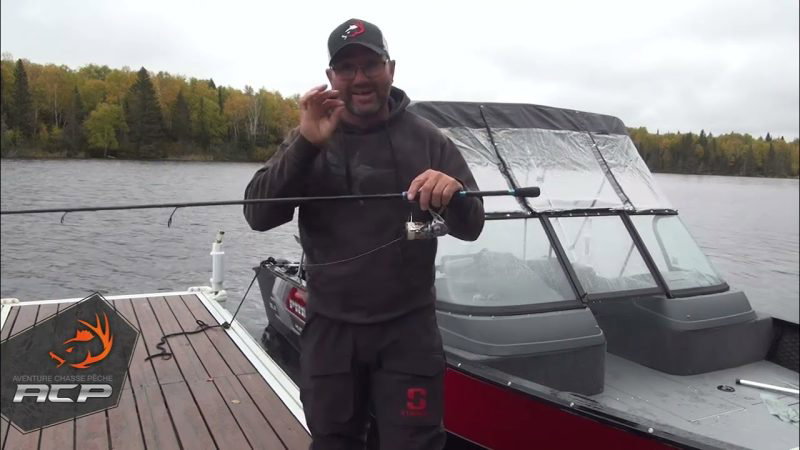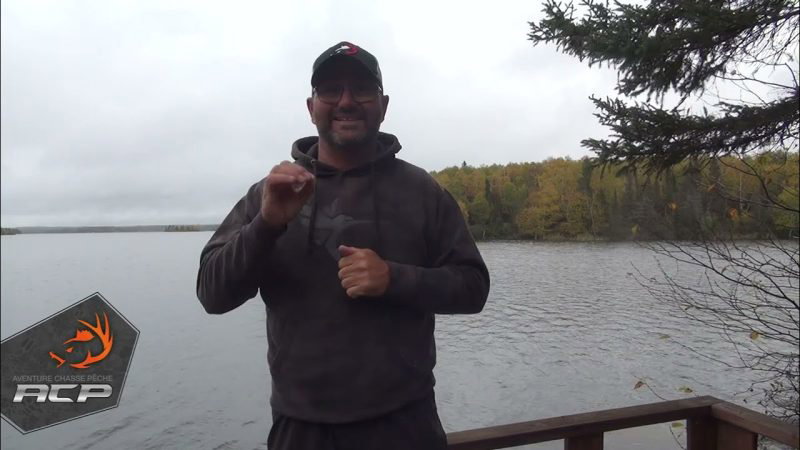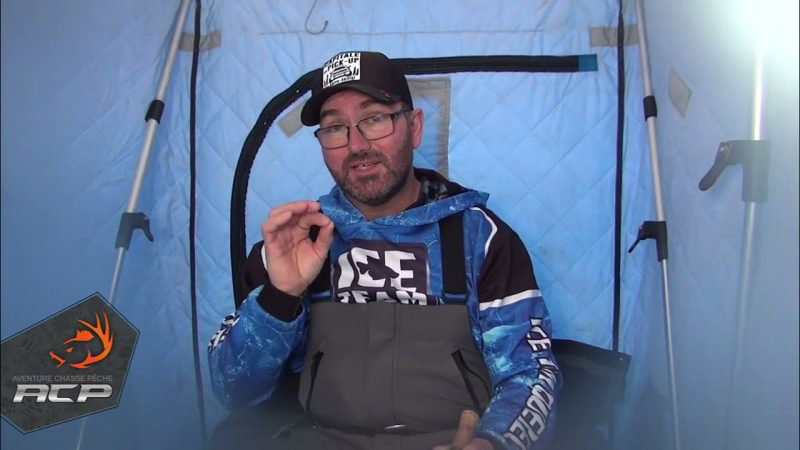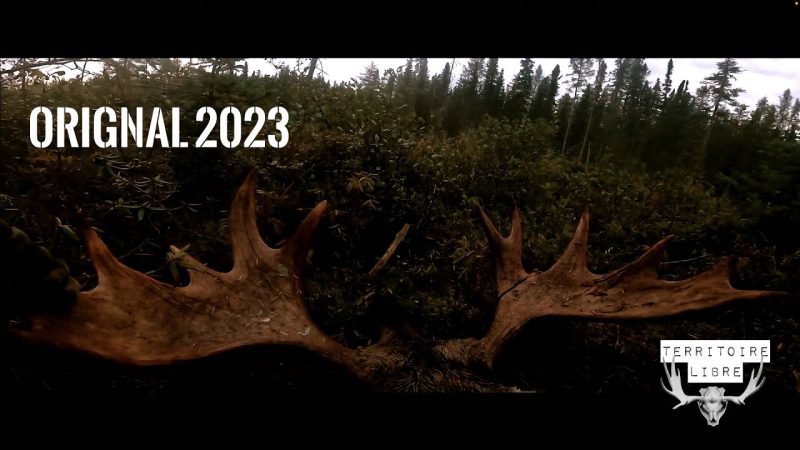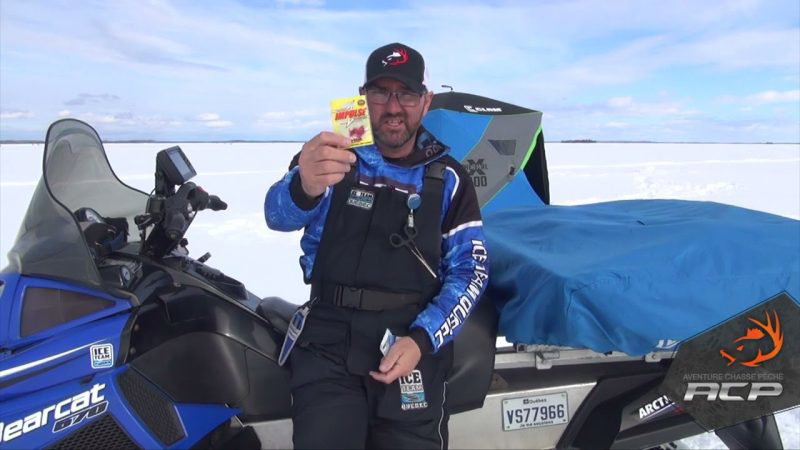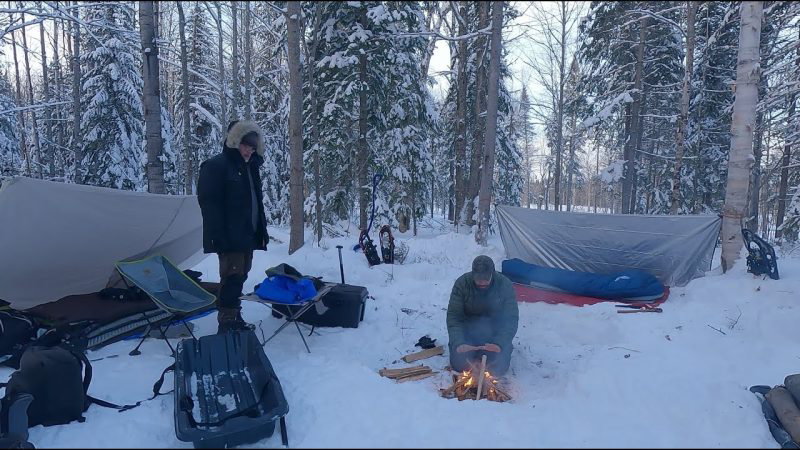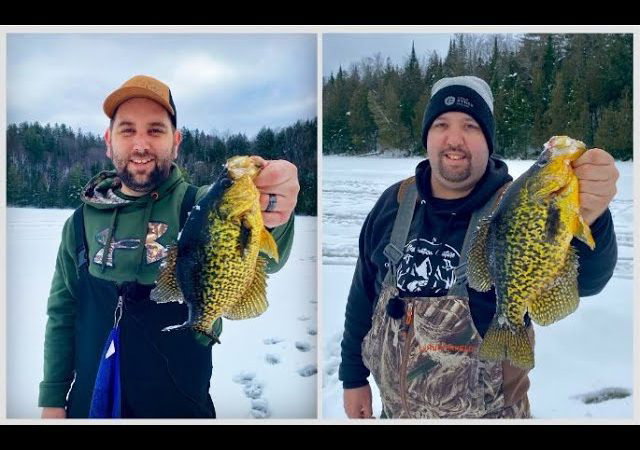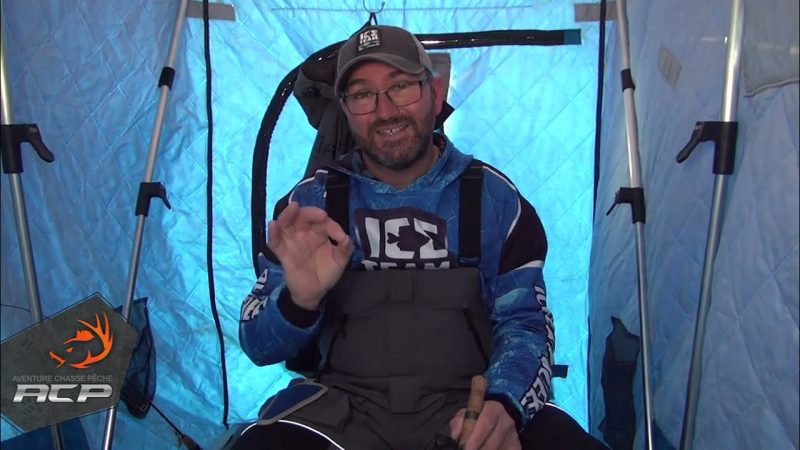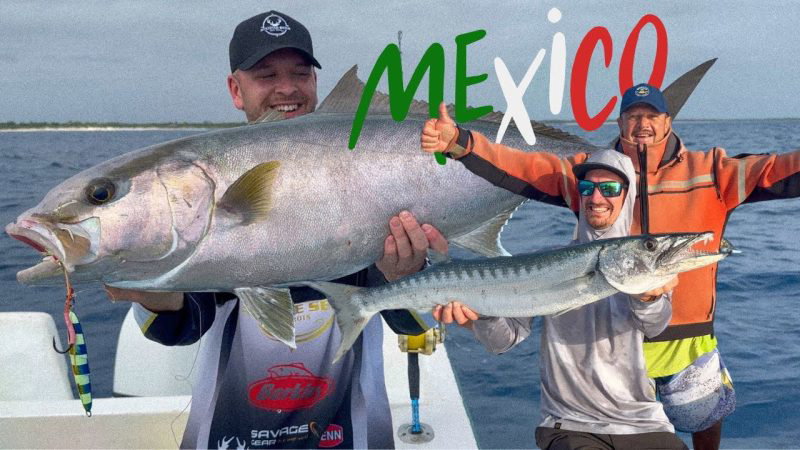Reviews
User Score
Rate This
Descriptions:
Transition sector Félix Goulet guide and fisherman
Transition sector Félix Goulet guide and fisherman | Adventure Hunting Moose Fishing Deer Outfitting and the outdoors
Transition sector Félix Goulet guide and fisherman
This time Félix Goulet, guide and professional fisherman, shows you how to catch walleye during their migration to summer areas.
Yellow gold
Sander vitreus according to WIKIPEDIA
The Walleye (Sander vitreus) is a species of large perch found in large bodies of water (rivers, lakes, etc.). It is gregarious and lucifugic. Native to northern North America and closely related to the European pike-perch, this fish has a vast distribution. It can be called a pike-perch1 on the French market.
One subspecies, Stizostedion vitreum glaucum, now extinct, was gray to blue in color. Its size can be impressive, with a record 107 cm and a weight of 11.3 kg. More commonly, it reaches a maximum size of 75 cm for a mass of 7 kg. It is a voracious carnivore that can ingest prey representing a good fraction of its size.
This species breeds in spring in riverbeds. Male walleye usually reach sexual maturity at 2 to 4 years of age, at over 28 cm in length, and females at 35.6-43.2 cm, or at 3 to 6 years of age. After spawning, the females first leave the spawning site, to be followed a few weeks later by the males. Males are normally smaller than females, with no other apparent sexual dimorphism.
Walleye tolerates a wide range of environmental conditions, but seems to reach its greatest abundance in large, shallow, turbid lakes. The optimum transparency of a shallow lake to allow Walleye to feed during the day is around 1 to 2 m at the Secchi disk.
It is one of the two official fish of the state of Vermont, in the United States, the other being the brook trout.









